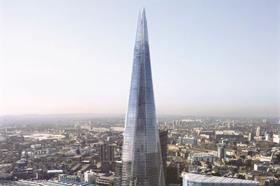It should not be surprising that savings on the fabric conduction energy in city offices can be less than the extra for embodied energy

Sturgis’ research on the viability of triple glazing for offices like Heron Tower should not be taken out of context (18 May, page 15). It should not be surprising that savings on the fabric conduction energy in city offices can be less than the extra for embodied energy.
London offices are in cooling mode far more often than heating mode. Triple glazing is much more viable when the building is in heating mode most of the time. For housing, the embodied energy of the extra for triple glazing would be paid back within a few years. The payback period reduces for cooler areas in the North.
Most of the time, city offices are in cooling mode because of high internal and solar gains, despite the air being cool outside. Insulation may increase cooling loads because it prevents the building releasing that excess heat. Triple glazing will usually improve the G factor (so reduce solar gain), and improve sound insulation. However, there are bound to be cases where adding insulation will increase energy bills.
David Weight, Davis Langdon



























No comments yet